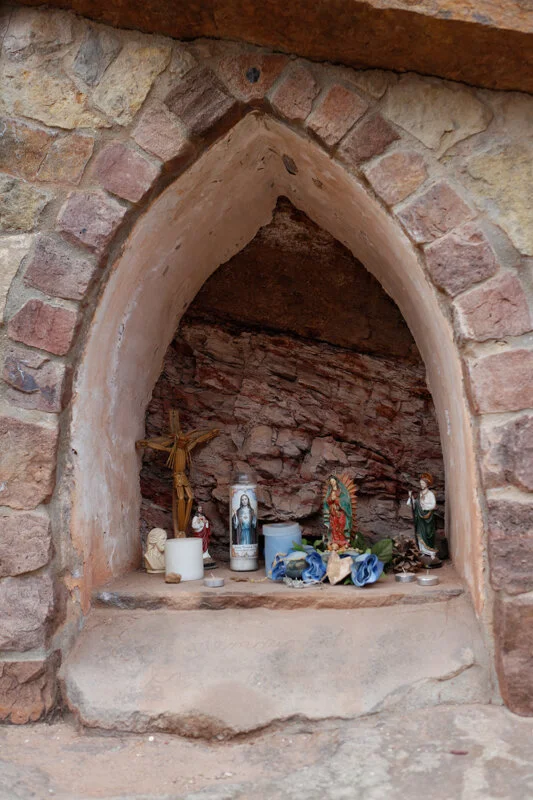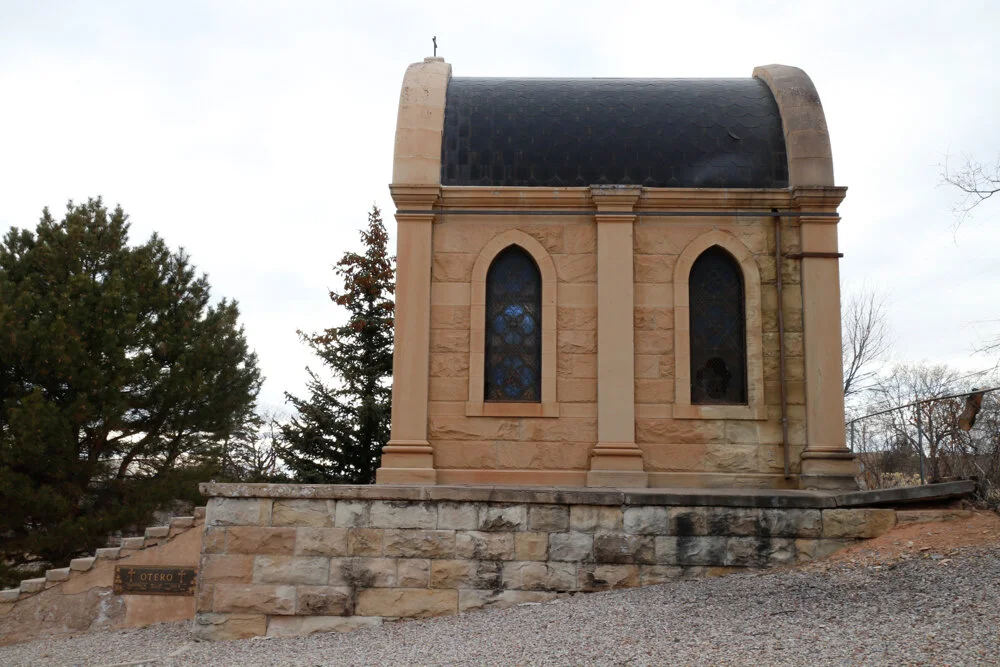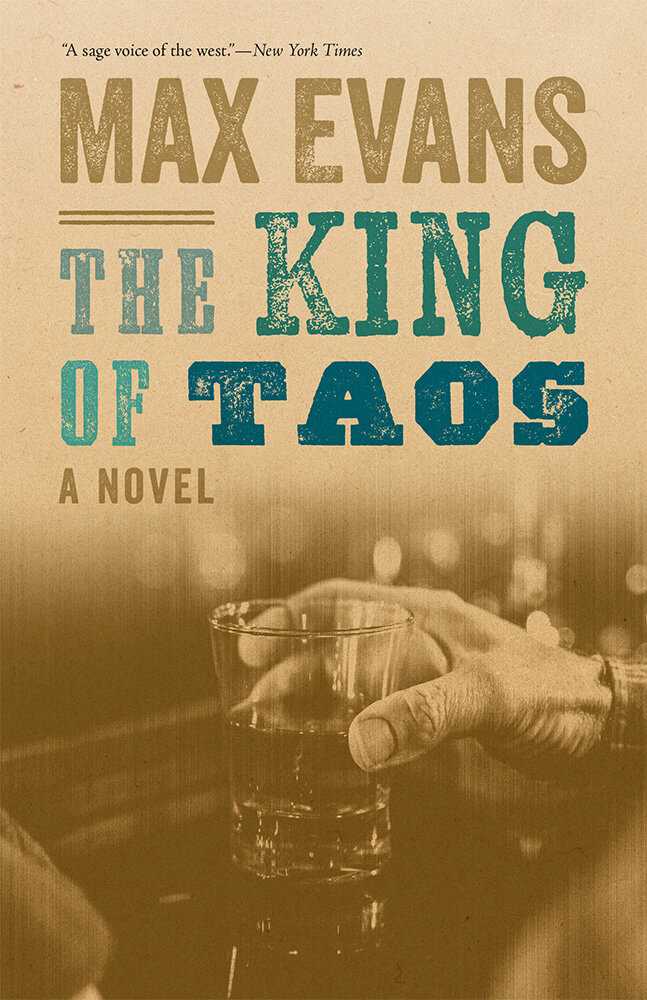The King of Taos • Max Evans
Reviewed by Pete Warzel
(Order the book at bottom of review)
There is something about New Mexican writers who tap the same vein of sensibility in their stories, exceedingly well, and entertainingly so. Stan Crawford, John Nichols, and here, Max Evans, have all gone to the well of character, for which the odd conglomeration of people in our state offers great promise for their rollicking tales. The King of Taos is almost plotless, more a collection of character studies that run the gamut of locals expatriated from the land and doing odd jobs to survive, artist immigrants, would be writers, Pueblo Indians, guys on the make, and strong women, in Taos, New Mexico during the 1950s. No matter about the plot, this book is a hoot.
Max Evans, again like Nichols and Crawford, pulls no punches when it comes to presenting his cast whole, all warts and foibles in macro vision. It is an equal opportunity comic barrage, and oh so Northern New Mexican. Not much has changed since the 1950s.
The Sagebrush Inn is there for the drinking, as is the Taos Inn. Writers are working as bartenders and the only painters making money in town are commercial artists. Did I say that incessant drinking is the tie that binds this story? I am not sure that is social commentary as much as a trope to allow for outrageous action and pitch perfect dialogue.
Zacharias Chacon is the leader of a group of misfits who haunt the drinking establishments of the town and commiserate about their toils and troubles. The running thread of the novel is Zacharias’s daily wait for the government check to come for his injuries during World War II, now five years delinquent after filing for compensation. His daughter Rosita goes to the post office, dutifully every day, to retrieve the check and finds her father in whatever bar the crew is settled in for the day. “It did not come Papa. Maybe tomorrow.” And optimism springs eternal as the rest of the drinking crew affirm that tomorrow will be the day.
Shaw Spencer, a newly arrived wannabe artist, becomes part of the gang, along with Indian Tony from the Pueblo, The Lover, The Undertaker, The Woodhauler, and interestingly, two real people plugged in as fictional characters – Patrocino Barela and Dal Holcomb. Shaw struggles with his art while the others just seem to go with the flow. He blows his money stake quickly and becomes partners with Zacharias in a wishful business venture where they will buy a D6 tractor and utilize Zacharias’ skills as a bulldozer operator. Shaw succeeds at his painting, then fails, makes money, then fails, broke again. His best-selling paintings are “portraits” of his model Anna, a sometimes lady of the night, whose backend is the focal point of the paintings.
And so, the days go. Funny yes, and sad. The eternal monotony of a small town with no opportunities is the rhythm of the novel. But, as Gene Atkins, the writer/bartender of the Sagebrush Inn says, “Well, I venture to say that you’ll find this a very different small town here.” And as we know Taos, so it is. The miracle happens.
A check for $36,000 is delivered by a delirious Rosita to her father and the crowd goes wild. The whacky string of promises that Zacharias made over the years to his friends for when he would be paid and rich are met, one by one, debts fulfilled, including a truck load of presents for his wife “Mama” who has been long neglected but never, ever, unloved. This band of drunken misfits, this gang of slap dash friends, are each ethical, caring people, watching out for one and all, covering each other’s backs no matter the situation. The boastful promises of drink come true, and nobody blinks at the fulfillment. Zacharias Chacon is the King of Taos.
Northern New Mexico lends itself to complex relationships, neighbors watching out for each other, as well as to descriptions of the beautiful land that unfolds everywhere before your eyes. Max Evans gets the land, the rhythms of the dialogue, the absurdity of the dreams, just right. This is a young man’s book, full of optimism and irony, and indeed the Author’s Note at the beginning of the book explains that he began this novel in the late nineteen fifties, and put it away. He was much younger then. It took an old man of almost ninety-five to finish it, to add the knowledge of sympathy, empathy, and the serenity of camaraderie that makes the world go round.



































